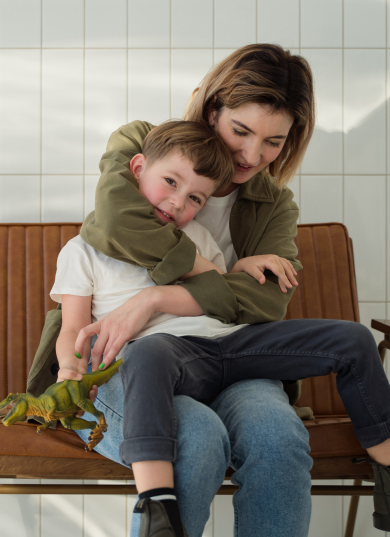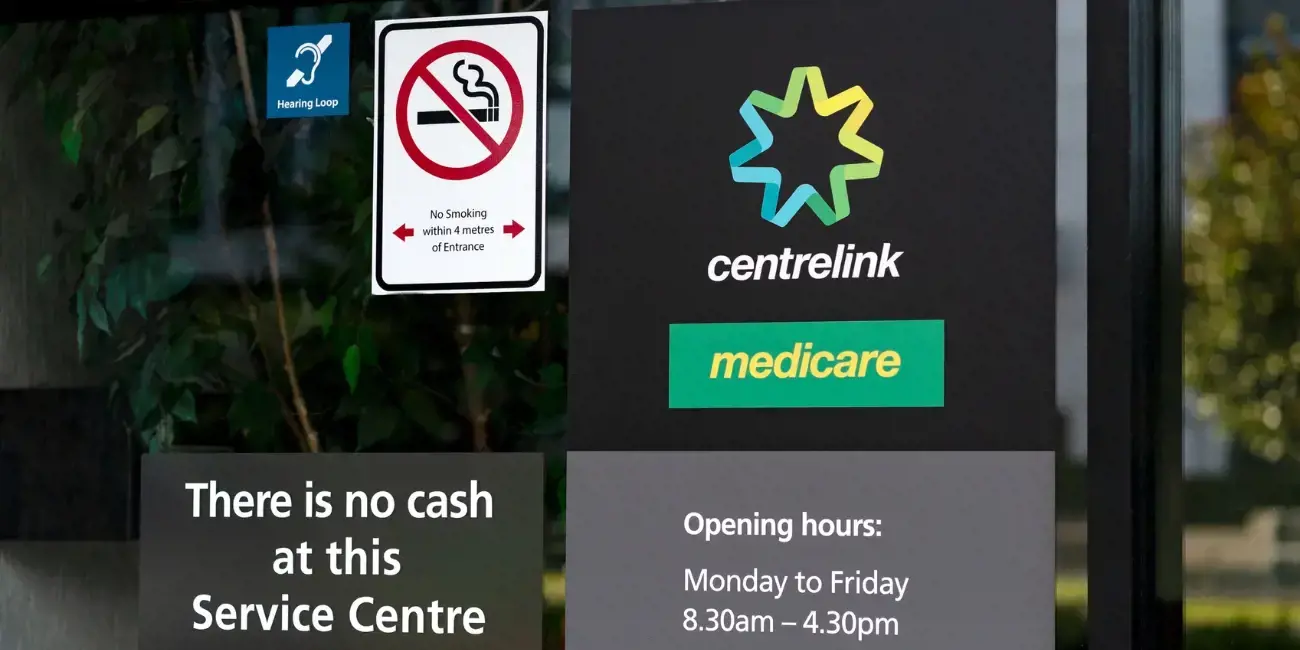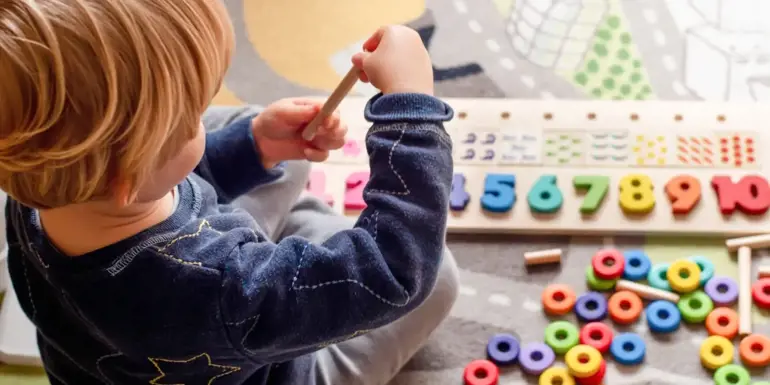As a parent, you’re probably well aware that raising children doesn’t come cheap. The Australian Government recognises the financial strain that raising children has on low- to middle-income families, so to help relieve some of the financial pressure the government offers additional support in the form of the Family Tax Benefit.
What is the Family Tax Benefit?
The Family Tax Benefit (FTB) is a payment that’s designed to help eligible families with the cost of raising children. It’s made up of two parts:
- Part A: a payment made per child that’s based on the family’s circumstances, and
- Part B: a payment made per family that provides extra support to single parents and some couple families with one main income.
To receive the FTB, you must meet certain residence rules, as well as the following eligibility requirements:
- Have a dependent child or a full-time secondary student aged 16 to 19 who isn’t getting a pension, payment or benefit like Youth Allowance,
- Care for the child for at least 35% of the time, and
- Meet an income test.
Family Tax Benefit Part A
Part A of the FTB is paid per child. The amount you’re eligible to receive depends on your family’s individual circumstances, including your combined family income.
You may be eligible for Part A of the FTB if you care for a dependent child who’s either:
- 0 to 15 years of age, or
- 16 to 19 years of age and meets the following study requirements:
- Be in full-time secondary study,
- Have an acceptable study load, or
- Have an exemption from us.
To receive FTB Part A you must also meet all of the following:
- An income test,
- Residence rules, and
- Care for the child at least 35% of the time.
Your child must also:
- Meet immunisation requirements, and
- Meet Healthy Start for School requirements if applicable.
To receive the FTB Part A, your family’s combined income must be $80,000 or less.
How much Family Tax Benefit Part A can I receive?
Your FTB A payment rate is calculated by:
- Using your adjusted taxable income and an income test, and
- Looking at the ages and number of children in your care.
If you share caring responsibilities for a child, Services Australia will use your percentage of care to work out your rate.
The maximum amounts of FTB Part A you can receive per child are updated on 1 July each year. Current maximum rates are as follows:
Per Child | Per Fortnight |
0 to 12 years | $197.96 |
13 to 15 years | $257.46 |
16 to 19 years (must meet study requirements) | $257.46 |
0 to 19 years (in an approved care organisation) | $63.56 |
FTB Part A Income Test
The amount of FTB Part A you get depends on your family’s income, which is determined using an income test.
The current FTB Part A base rate is $63.56 for each child per fortnight, but this isn’t the minimum rate of FTB Part A. You may receive less based on your individual circumstances, like your income.
If your family’s adjusted taxable income is $58,108 or less you may get the maximum rate of FTB Part A.
Families with an adjusted taxable income between $58,108 and $103,368 will have their FTB Part A rate reduced by 20 cents for every dollar of income over $58,108. Your payment will stop reducing when it reaches the base rate of FTB Part A.
For families with an adjusted taxable income above $103,368, your FTB Part A rate will be reduced by 30 cents for each dollar of income over $103,368 until your payment reaches zero.
We only pay you the base rate of FTB Part A once you reach the income limit. The limit depends on the number of children you have and their ages.
If you have one child:
Child's age | Income limit |
One child aged 0-12 | $75,628 |
One child aged 13-15 or 16-19 in secondary study |
If you have two children:
Children's ages | Income limit |
Two children aged 0-12 | $93,148 |
One child aged 0-12 and one child aged 13-15 or 16-19 in secondary study |
Once your family’s income reaches a certain level, you’ll no longer be eligible to receive the FTB Part A payment. These limits vary based on your family’s circumstances, including the number of children you have and their ages. However, these limits may be higher if you’re eligible for Rent Assistance or the Energy Supplement.
If your family’s combined income is close to the income limit, you might want to consider a different payment choice. Alternatively, you may want to claim the FTB as a lump sum at the end of the financial year once your family’s income has been calculated to avoid overpayment.
Maintenance Action Test
If you or your partner have a child from a previous relationship, you’ll also need to meet the Maintenance Action Test. Both you and your partner need to meet this test to receive more than the base rate of the FTB Part A.
It’s also worth noting that child support payments may affect your FTB Part A payment rate. As a general rule, the more child support assistance you receive, the less FTB Part A you will get. To learn more about how child support can affect your FTB Part A payments, visit Services Australia.
Family Tax Benefit Part A Supplement
If you receive the FTB Part A, you might also be eligible for the FTB Part A Supplement which is a once-yearly payment. To be eligible for the supplement, your family’s adjusted taxable income must be $80,000 or less.
If you’re eligible for the Supplement payment, you’ll receive it after Services Australia balances your payments at the end of the financial year.
For the 2022-23 financial year, you may receive a payment of up to $817.60 for each eligible child. The amount you receive depends on each of the following criteria:
- How many children you have in your care,
- If you share care,
- Your family’s income, and
- The number of days you were eligible for FTB Part A.
Other payments associated with Family Tax Benefit Part A
If you receive the FTB Part A, you may also be eligible for additional payments, including:
- Newborn Upfront Payment and Newborn Supplement if you have a baby or adopt a child,
- Multiple Birth Allowance if you have care of triplets, quadruplets or more,
- A Health Care Card if you receive the maximum rate of FTB Part A, and
- Rent Assistance if you receive more than the base rate of FTB Part A.
Family Tax Benefit Part B
The Family Tax Benefit Part B is intended to provide additional assistance to single parents, non-parent carers, grandparent carers and families with one main income.
You may be eligible to receive the FTB Part B if you meet one of the following criteria:
- You’re part of a couple with one main income and care for a dependent child aged under 13, or
- You’re a single parent, non-parent carer or a grandparent carer and care for a dependent child aged under 18. The child must meet one of the following study requirements if they’re aged 16 to 18:
- Are in a full-time secondary study in an approved course leading towards a year 12 or equivalent qualification,
- Have an acceptable study load, or
- Have been granted an exemption from us.
You must also meet the following requirements:
- An income test,
- Residence rules, and
- Care for the child at least 35% of the time.
It’s also worth noting that you or your partner can’t get the FTB Part B while you’re getting Parental Leave Pay.
How much Family Tax Benefit Part B can I receive?
The amount of FTB Part B you may receive depends on the age of your youngest child and your income. Similarly to the FTB Part A, your FTB Part B payment rate is determined based on your adjusted taxable income and an income test.
For parents who share caring responsibilities, the percentage of care you give is taken into account. Payment rates may also change if you’re a parent returning to work.
The FTB Part B rates are updated on 1 July each year and the maximum amount you can receive depends on the age of your youngest child. Currently, the maximum rate per family is as follows:
Age of Youngest Child | Payment Per Fortnight |
| 0 - 5 years | $168.28 |
| 5 - 18 years | $117.46 |
FTB Part B Income Test
The FTB Part B is for single parents or carers and some couples who meet a 2 part income test.
Single parent or single carer families can get the maximum rate of the FTB Part B if their income is $104,432 or less. If your annual adjusted taxable income is more than $104,432, you won’t be eligible to receive the FTB Part B. You can get the FTB Part B up until the end of the calendar year your youngest child turns 18. If this child is between 16 and 18, they must be in secondary school full-time.
Single grandparent carers can get the maximum rate of FTB Part B if their income is $104,432 or less.
Partnered parent or partnered carer families can get the FTB Part B if the youngest child is under 13 years of age. Partnered grandparent carers can get the FTB Part B up until the end of the calendar year their youngest child turns 18. Once again, if this child is between 16 and 18, they must be in secondary school full-time.
For partnered parent or partnered carer families, a two-part income test is used to work out your FTB Part B payment. This income test is based on the income of the primary earner and the secondary earner. The primary earner is the parent or non-parent carer with the higher income. The secondary earner is the parent or non-parent carer with the lower or no income. Partnered grandparent carers are also subject to the same two-part income test.
If the primary earner earns more than $104,432, your family won’t be eligible for the FTB Part B. If they earn less than $104,432, your FTB Part B payment will be worked out based on the secondary earner’s income.
The secondary earner can earn up to $6,059 each year before it affects your FTB Part B payment. Your payments will reduce by 20 cents for each dollar of income earned over $6,059.
You can still get some FTB Part B if the secondary earner’s income is below:
- $29,985 a year, if the youngest child is younger than 5, or
- $23,360 a year, if the youngest child is 5 to 13 (or 5 to 18 for partnered grandparent carers).
Family Tax Benefit Part B Supplement
If you receive the FTB Part B, you may also get the FTB Part B supplement. This is a yearly payment that’s determined after Services Australia balances your payments at the end of the financial year.
For the 2022-23 financial year, the FTB Part B Supplement a payment of up to $397.85 per family. The amount you’ll get depends on the following factors:
- If you share care,
- Your family’s income, and
- The number of days you were eligible for FTB Part B.
Other support associated with Family Tax Benefit Part B
If you receive the FTB Part B, you may also be eligible for additional support, including:
- Additional support for grandparent carers, and
- Additional support for non-parent carers.
For more information on the Family Tax Benefit, visit the Services Australia website or call the Centrelink Families Line on 136 150 (weekdays, 8am to 8pm).
To learn about government assistance when it comes to childcare, check out our blog on the Child Care Subsidy or use our Child Care Subsidy calculator to find out how much you could claim and estimate your out-of-pocket childcare expenses.



































